How Long Will It Take to Adjust to New Glasses
Eat a healthy diet, drink enough water and exercise. Rest your eyes, like your body and brain, eyes too need to rest. Take care of your eyes and keep them healthy
So how are the new prescription glasses treating you? Happy with the clarity of vision? Or facing difficulty in adjusting to new glasses?
You are not the only one in this world who suffers from the drawbacks of adjusting to new glasses prescription. There is nothing wrong with you. Believe me. It is very normal and many people are out there who have gone through the reality of adjusting to new glasses symptoms.
- Can adjusting to new glasses make your eyes dry out?
- What are the symptoms of adjusting to new glasses?
- How long to adjust to new reading glasses?
- How long to adjust to progressive new glasses?
- How to adjust to new glasses with astigmatism?
- How to adjust to new glasses without the pain?
This is neither a tough task nor does it require rocket science for adjusting glasses at home . All it requires is TIME and HABIT.
Yes, the only trick for getting used to new glasses is to give time and wear the glasses as much as possible. However, there can be numerous issues that first time glasses wearers might have to face. .
In this blog, you're going to learn -
- Time taken to adjust to new glasses
- Common issues faced
- Tips to adjust to new glasses better and quickly
- Frequently asked questions
How long does it take to adjust to new glasses?
Before we dive into the issues we face, let's clear how much time you have devoted to your new vision aka glasses. Getting used to new glasses takes 3 to 4 days if you're not using a high prescription. The first few days will be a challenge but with progress, it suits you perfectly. However, for a few people, it can even take a week i.e almost 6 to 7 days but after that, they prove a worthy investment. If it takes more than discussed days, then it is highly recommended that you see an optometrist and discuss the problem you're experiencing.
Issues faced when adjusting to new glasses
Ill-fitting frames
The first and foremost issue when you put on new eyeglasses frames is the ill-fitting irrespective of whether you are a first-time user or an existing user. If the frame appears too tight or too loose, then you sure will experience headaches and physical pain. Getting used to new glasses becomes a challenge when your frame isn't the right size or something is off with your prescription. Moreover, buying from the online marketplace can lead to buying frames that are either oversized than your face shape or too small to fit. Understand one thing not all frames are of the same size, just like not all faces are the same. Therefore, the loose-fitting of the glasses frame tends to fall off again and again from your nose and temples areas. You will find yourself touching the sides of the temples or the bridge of the frame to put the glasses back on your face, most of the time. On the contrary, a tight-fitting eyeglasses frame will put pressure on your nose and temples while leaving a mark. The tight-fitting eyeglasses can cause pain in these areas as well.

In both the conditions, whether you buy a loose-fitting or tight-fitting glasses frame, the problem in adjusting to new glasses will continue. Consider the fact that such eyeglasses frames are not meant to be crafted to fit your face shape and size. Therefore, the best solution is to replace the frames and choose another one that fits well on your face. You may go ahead buy online, but before placing the order, follow the practice of trying glasses at home. With the option to try glasses at home, you get the opportunity to try out multiple eyeglasses, before settling on the best one that suits you.
Most Popular
Regular Price: £54.99 Special Price £39.99 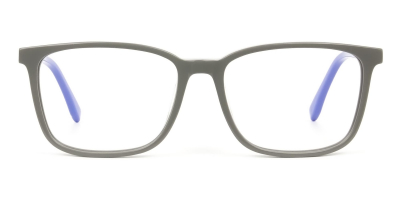 BRADLEY 3
BRADLEY 3
Regular Price: £69.99 Special Price £59.99 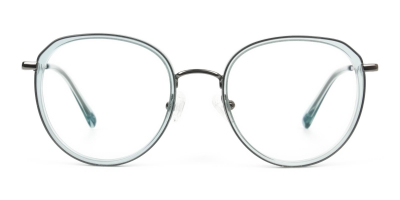 ARTHILL 3
ARTHILL 3
Regular Price: £69.99 Special Price £59.99 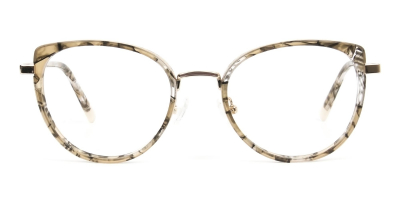 BELBY 1
BELBY 1
Regular Price: £69.99 Special Price £59.99 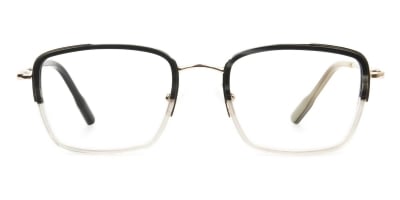 PARKER 3
PARKER 3
Regular Price: £49.99 Special Price £39.99 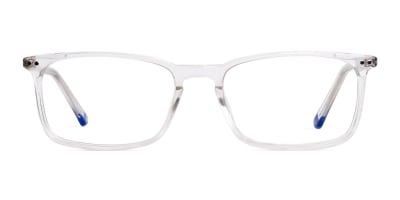 STONE 6
STONE 6
Regular Price: £59.99 Special Price £49.99 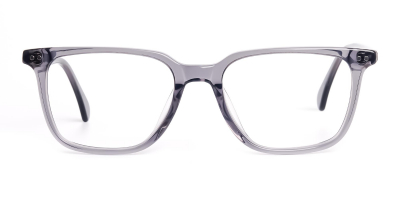 DARCY 3
DARCY 3
Regular Price: £59.99 Special Price £49.99 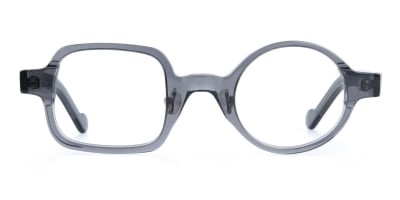 STARK 1
STARK 1
Eye strain
One of the major issues faced by people while adjusting glasses of plastic frames is eye strain. Often the new glasses bring with them the problem of stressing eyes. The first time user or an existing user who tries glasses with new prescription lenses in 90% of cases experience difficulty in adjusting to new glasses prescription. The reason being, our eyes become habitual to the previous prescription lenses and the focal point of the eyes is very much fixed on the lenses. With the new eyeglasses, there comes a new focal point on the glasses lens.

As a result, the eyes become stressed and the user may also feel pain in the eyes in extreme cases. It's obvious that getting used to new glasses will take some time. This is because the new glasses with or without the change in prescription stresses eyes as well as the delicate nerves and muscles. Therefore, eyes are pressured to focus on the object and feel pain or strain. In some cases, the user may feel red or teary eyes.
However, the condition is debatable in case of people using bifocal or varifocal glasses. The first time users of bifocal or varifocal glasses are surely going to find it difficult to adjust with the two or more prescriptions that a single lens carry.` Shifting eyes from one portion of the lens to the other and mastering the art of focusing is not an easy task initially.
However, as time passes by, with the regular use of bifocal or varifocal eyeglasses, the eyes learn how to focus and view from the different zones of these eyeglasses lenses. It may not be a matter of a couple of days. But with time, patience, practice and regular use of bifocal and varifocal eyeglasses, it is possible to adjust to the new glasses. From a couple of days to a couple of weeks is all that is required to get used to these prescription eyeglasses.
Headache
One of the major side effects of adjusting to new eyeglasses with a prescription is a headache. The first time users will find the occurrence of headache as a result of adjusting to new glasses symptoms. Sometimes this pain becomes unbearable and may trigger after some time of wearing prescription lenses. Not only the first time users, existing users who buy new glasses or glasses with altered prescription also sail in the same boat.

Needless to say, when you wear glasses for the first time or with enhanced prescription
Our brain easily responds to the previously used / old prescription eyeglasses. When the new prescription eyeglasses are put to use, the brain finds it difficult to respond to the new focal points of the case. This happens because the brain has already become programmed to follow the previous prescription glasses. With the new prescription, the brain finds it difficult to adjust at the beginning. This becomes the cause of a severe headache.
So, the longer you use your new prescription, the sooner your eyes will be getting used to new glasses. Avoid going back to previous glasses or glasses with an old prescription.
Distorted vision
People who use bifocals and varifocals for the first time generally take some time in adjusting to a new eyeglasses prescription. This is because either they have never used eyeglasses or have used only a single vision lens in their glasses. The bifocal and varifocal glasses combine the benefits of both concave and convex lenses to correct myopia and hypermetropia in a single lens. The upper portion of these advanced glasses allows the user to view distant objects clearly, while the lower zone of the glasses let the user view close by objects. Thus, the user may feel difficulty in viewing from these double prescription glasses. It is very normal to experience distorted vision. Usually, the peripheral vision is affected along with difficulty in analysing depth perception. People may experience a little trouble while climbing the stairs, driving or walking on the footpath.
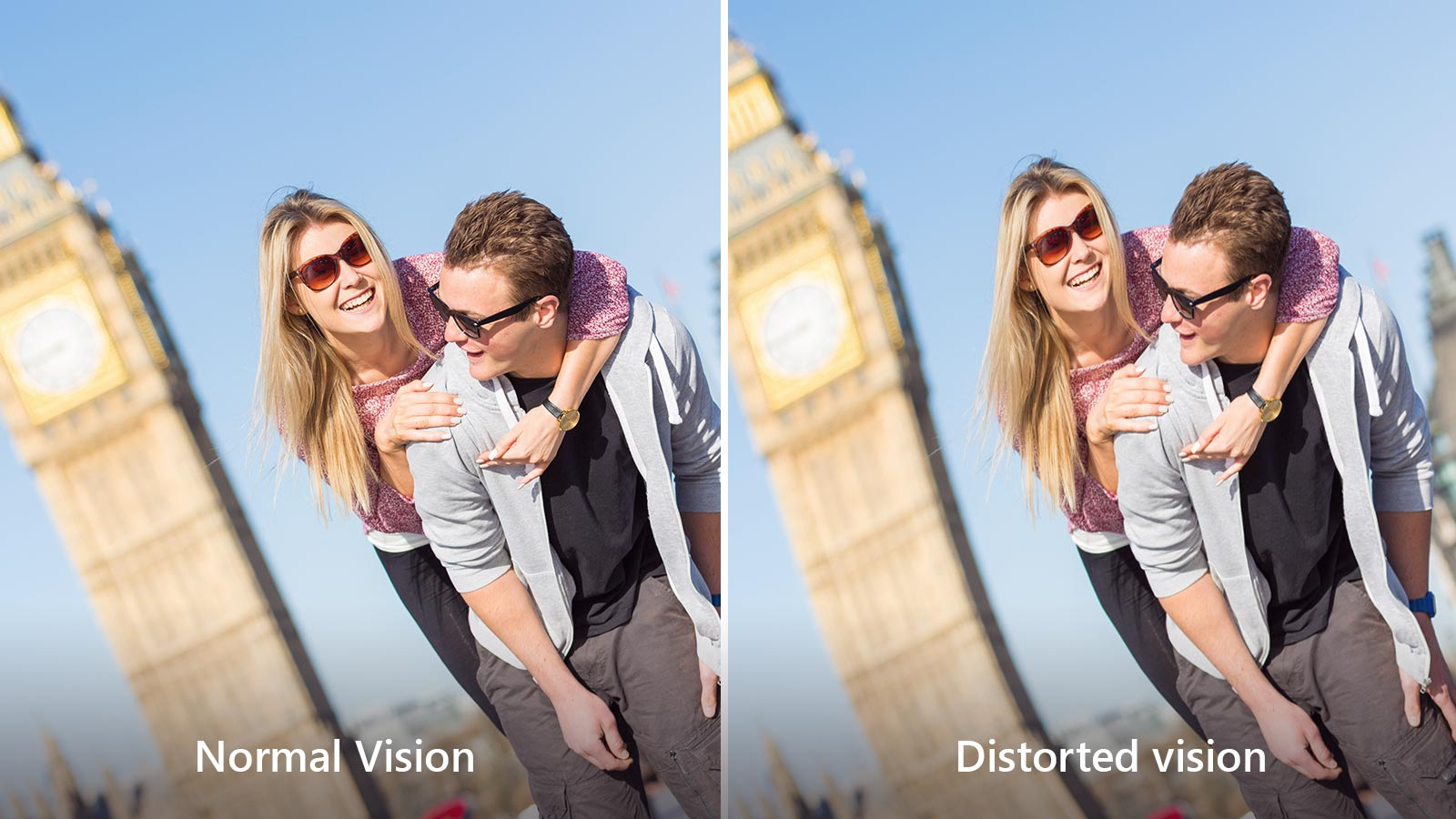
It may not be a matter of a couple of days. But with time, patience, practice and regular use of bifocal and varifocal eyeglasses, it is possible to adjust to the new glasses. From a couple of days to a couple of weeks is all that is required to get used to these prescription eyeglasses. However, it is very important to wear these prescription bifocal or varifocal glasses as much as possible. Do not even think of wearing old glasses again.
Problem with Astigmatism glasses
People with moderate to severe astigmatism definitely require some time for adjusting to glasses with astigmatism . It takes around three days to a couple of weeks to get acquainted with the new glasses. The user may also experience a little pain in the eys or headache in the initial few days of using the eyeglasses.
Tips for adjusting to new glasses
The following tips and tricks could be of some help:
-
Time: Adjusting to new glasses requires some time and it is the only way to overcome the issues that are associated with the new prescription glasses. You need to give ample time to your brain as well as the eyes to focus and become habitual to the new glasses. With time, slowly and gradually, you will be able to adjust with the new glasses, including glasses that are bifocal, varifocal or meant to correct astigmatism. Also, if the new frame of the eyeglasses are making you a little uncomfortable whether it is for vision or for the right fit, with the passage of time you will get accustomed to them.
-
Regular use: Do not forget to put on your glasses whenever required. If you are reading, sewing etc. put on your glasses immediately, rather than stressing your eyes. Similarly, for distance view, wear your glasses as often as possible even if it is for every single hour of a day when you are awake. Wear your glasses, bifocals or varifocals and you'll be getting used to new glasses in no time.
-
Avoid previous glasses: Say no to old glasses. Your old glasses are something that you may pack and store forever. Do not ever think of wearing your old glasses, as simultaneously switching between new and old glasses will only worsen the condition. The best thing that you can do to your old glasses is to re-use the frame if they are in a fit condition by replacing them with the lenses.
-
Use advanced coating glasses: Digitally advanced glasses have become a necessity in today's world to protect eyes from blue light, glares, reflections and UV rays. For those who work on computers for extended hours or similar digital screen devices, it is highly recommended to use eyeglasses with blue light blocking features along with the anti-glare coating. If you love fishing, drive extensively, work outdoors or play outside, mountaineering or biking, whether you like beach time or simply relaxing on the hammock in the summer sun; remember your eyes need protection from harmful Ultraviolet rays and blinding glares. Therefore, use eyeglasses that have anti-glare and anti-UV protection. Alternatively, you can also opt for photochromic eyeglasses wherein the lens changes colour in the presence of UV rays.
Besides the above tips, there are small little steps that you can follow on a daily basis to keep your eye stress free. Worship the 20:20 rule i.e. take a 20-seconds break after every 20 minutes of viewing digital devices. Stare at the distant objects and rest your eyes. Do not use smartphones during this 20: 20 break. Avoid using phones before sleeping. Eat a healthy diet, drink enough water and exercise. Rest your eyes, like your body and brain, eyes too need to rest. Take care of your eyes and keep them healthy.
Common Queries about adjusting to new glasses.
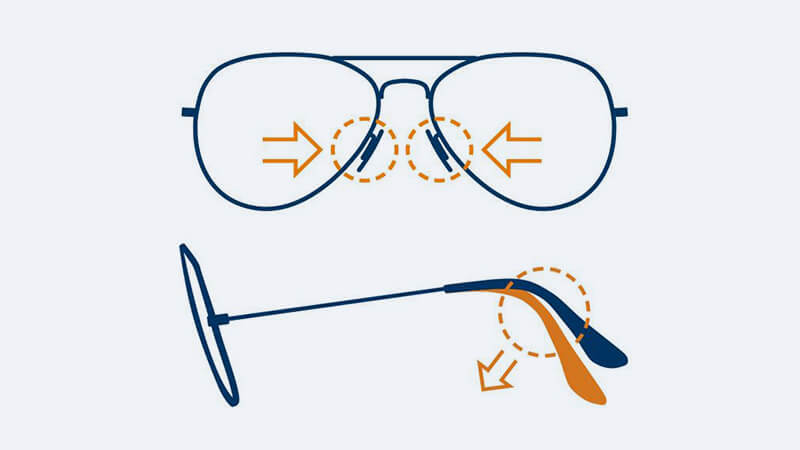
Can adjusting to new glasses make your eyes dry out?
Ans.When you get your new glasses, you do everything to try to adjust them. Being a new user, you might not blink quite often which can lead to your eyes dry out. Hence try to blink more and don't open your eyes wider cause that can strain the eye muscles.
What are the symptoms of adjusting to new glasses?
Ans. You experience quite a few symptoms caused by the hardship of new glasses. Symptoms like eyestrain, mild headache and lack of concentration. These symptoms are harmless and eventually fade out with time.
How long to adjust to new reading glasses?
Ans. According to many optometrists and new users of glasses, reading glasses take up to 3 to 4 days to adjust. However, for people with a higher degree of description in reading, it can take a week or two in some cases.
How long to adjust to progressive new glasses?
Ans. New progressive glasses take more time than reading glasses because of the difference in design. Progressive glasses involve two to three different lenses to correct the vision hence it's patent to take up to 4 to 5 days. It can take two weeks as well but it's completely natural because of its advanced design.
How to adjust to new glasses with astigmatism?
Ans. Astigmatism is an eye condition that leads to blurry vision caused by the irregular shaped cornea. It takes quite a time especially with astigmatism, it can take 3 to 4 days. It can go on for a week or 5 to 6 days if you have moderate or severe astigmatism. If the problems are less bothering then give them enough time of 3 to 4 days but if it goes on to make you feel uncomfortable, visit your eye doctor and get your glasses checked.
How to adjust to new glasses without the pain?
Ans. There are discomforts like headaches, eye strain, dizziness that's caused by adjusting to new glasses. However, if you want to get rid of the pain and it makes you uncomfortable, then don't wear your glasses full-time. Take them off and give yourself some break. Don't quit it but wear it with a short break which will reduce any kind of a pain in the eye.
How Long Will It Take to Adjust to New Glasses
Source: https://specscart.co.uk/blog/adjusting-to-new-glasses